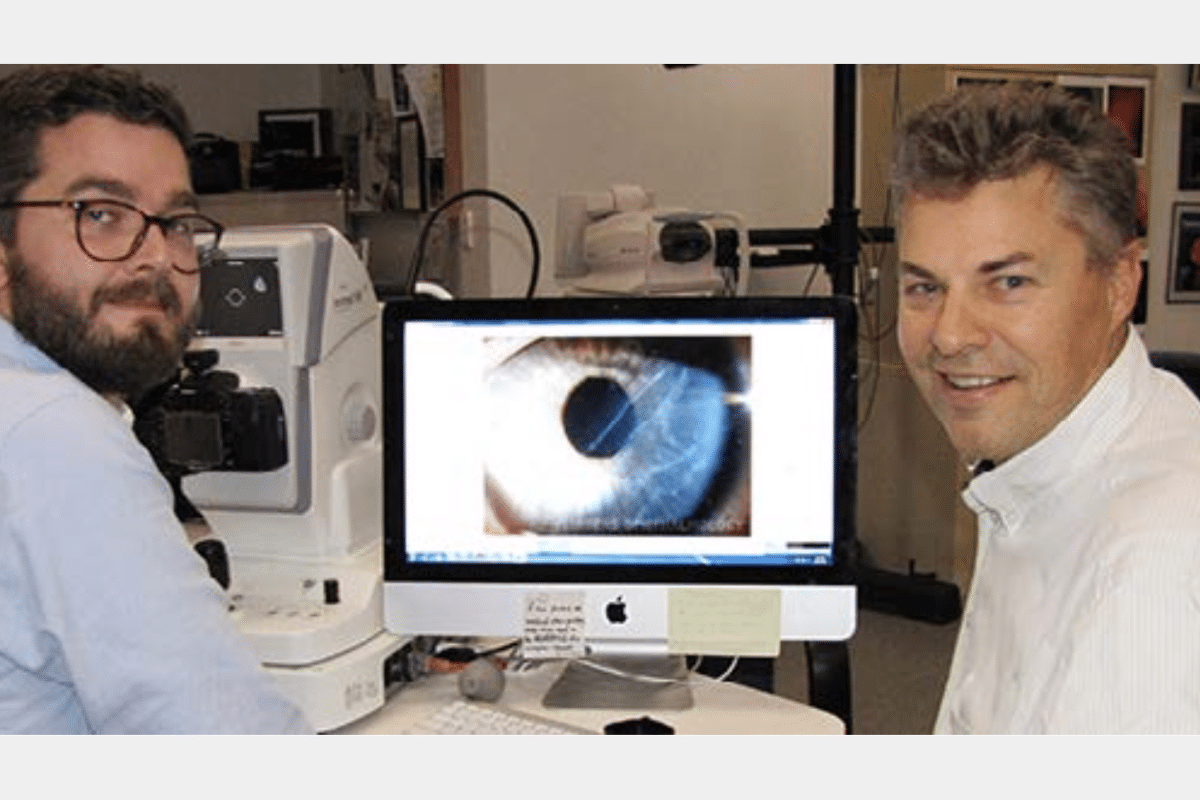
Perth Eye Foundation Grant
Title: Improving the prediction of glaucoma progression to prevent irreversible blindness
Investigator: Prof Jamie Craig
Co-investigator: A/Prof Owen Siggs
Aim: To apply machine learning approaches to better understand glaucoma risk.
Methods: We assembled >44,000 longitudinal OCT scans from glaucoma suspects (labelled according to visual field outcomes), and >77,000 retinal fundus images from a population cohort (labelled for vertical cup-to-disc ratio (VCDR) and vertical disc diameter (VDD)). Convolutional neural network (CNN) modelswere developed on both datasets.
Key Results: A preliminary model developed using the glaucoma suspect OCT dataset was non-inferior to clinician prediction of visual field conversion within 5 years. Models developed using the retinal fundus image dataset were used to estimate VCDR and VDD in a large unlabelled dataset, allowing detection of previously unknown genetic loci associated with VCDR and VDD.
Conclusion: Machine learning models can be used to predict future glaucoma risk and reveal new insights into the genetic architecture of optic nerve head parameters.
Implications for Clinical Practice/Science and Future Research: This work demonstrates potential applications of machine learning in understanding glaucoma risk, both as a decision support tool for predicting future conversion risk in glaucoma suspects, as well as a research tool for automated image labelling to empower large genetic association studies. Further work is underway to incorporate clinical, genomic, and imaging data into a multimodal glaucoma suspect prediction model.
Publications: Han X, Steven K, Qassim A, Marshall
HN, Bean C, Tremeer M, An J, Siggs OM, Gharahkhani
P, Craig JE, Hewitt AW, Trzaskowski M, MacGregor S. Automated AI labeling of optic nerve head enables insights into cross-ancestry glaucoma risk and genetic discovery in >280,000 images from UKB and CLSA. Am
J Hum Genet. 2021 Jul 1;108(7):1204-1216. doi: 10.1016/j.